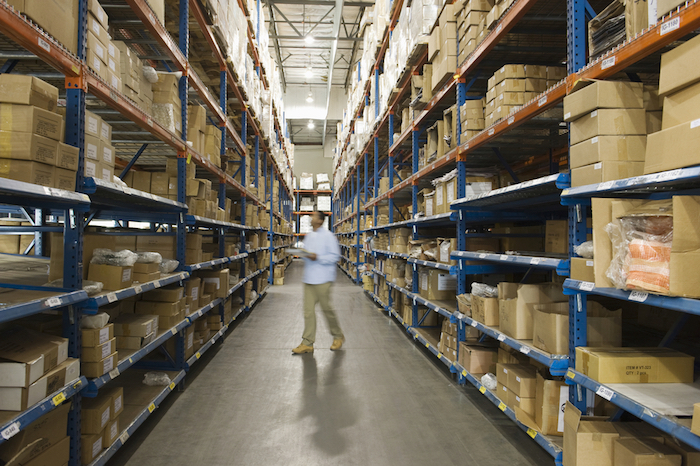B&M’s Inventory Issues Aren’t Going Away Online

Mishandling inventory has usually been brick-and-mortar retail’s forte. Ever since consumers made it clear that they weren’t going to give traditional brands the benefit of the doubt if they couldn’t pivot toward online sales, it’s largely been big-box merchants, like Target and Macy’s, that have blamed supply chain issues for empty shelves, delayed delivery estimates or overflowing stock rooms.
This freedom from the concerns of brick-and-mortar inventory has been bandied about as a contributing factor for why so many online brands have been able to unseat or unsettle their entrenched competitors. But just when it looked like new retailers hip to the omnicommerce game had escaped the pitfalls that plagued their less-mobile counterparts, it’s starting to look like inventory might be the common anchor that, at one time or another, holds everyone back.
If storing and shipping an entire nation (or world’s) supply of products is the next great Gordian knot of online retail, then it pays to look at how the industry’s top dog is faring at the task. Predictably, that would be Amazon, but not so predictable are the troubles the eCommerce giant is confronting with its ever-growing omnichannel empire. The company’s latest earnings report indicated that while the traditional vital signs of sales and operating cash flow increased (by 31.8 percent and 44 percent, respectively), the same couldn’t be said for Amazon’s logistics operations.
Spending on shipping clocked in at $3.27 billion to the $1.8 billion of revenue for a $1.4 billion loss — about 6.8 percent of overall merchandise sales. An even bigger hit came from Amazon’s sprawling network of fulfillment centers around the world, which tagged the retailer for $3.68 billion, or nearly one-fifth of the revenue brought in by selling what inventory it did in 2015.
In total, that means one out of every four dollars from what Amazon moved in and out of its warehouses went directly back into the upkeep and operations of those same fulfillment centers.
If that isn’t cause for concern in and of itself, gathering storm clouds hint that the picture could get worse for Amazon’s land-based inventory kingdom and much worse for the smaller retailers who have no choice but to piggyback onto larger marketplaces or partners because they can’t negotiate the steep shipping discounts their counterparts do. A report from real estate brokerage firm CBRE Inc. found that, though the global average for retail warehouse rent increased by just 2.8 percent in 2015, it jumped 9.9 percent in the U.S. alone.
In some markets with access to metropolitan areas, like Oakland, rents skyrocketed 29.8 percent in 12 months.
That’s an unsustainable spike but not one that online retail has the leeway to refuse right now.
“There are huge premiums being placed right now on being close to the consumer; speed of service, speed of delivery is a critical component of why people choose to buy from one retailer over another,” David Egan, head of CBRE’s industrial and logistics research for the Americas, told The Wall Street Journal. “To get the goods to consumers fast, you have to get close to them.”
Therein lies the cycle that online retailers find themselves trapped in. Like moths to a flame, the pull of consumer expectations for delivery and its cost (read: free) are pushing retailers to pay up for the physical footprints that help them operate like the well-oiled machines their optimized sites appear to be. However, the more obligatory these costs become, the more they’ll bite into the slimming revenue sources of retailers that have no choice but to pay up, and when smaller brands reach a point where they need consumers to foot some or all of the bill, the bubble that bursts can’t easily be put back together again.
It’s an ironic twist, after all. As brick-and-mortar retailers struggle to manage the financial damage of sprawling physical footprints in an increasingly digital retail landscape, the online brands that are disrupting them every day could be laying down the groundwork for a similar kind of inventory liability years down the road.